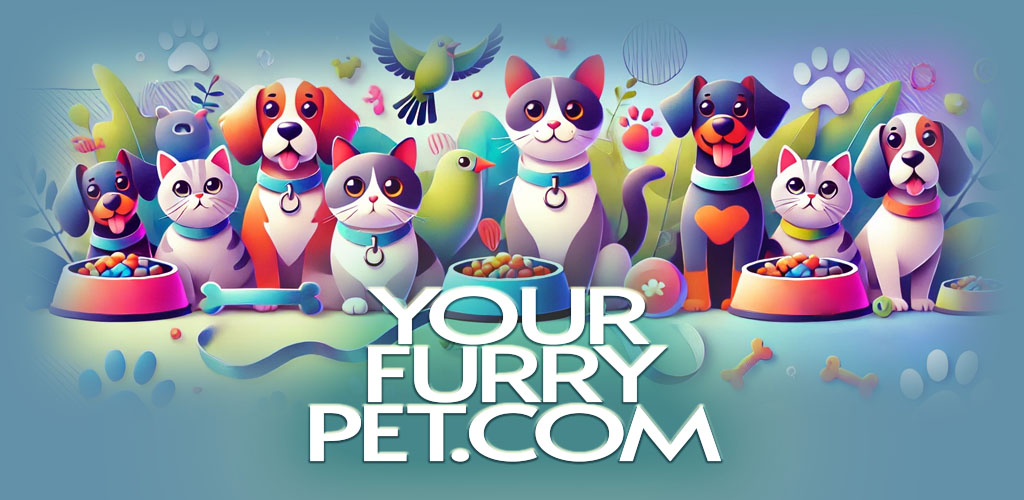The Growing Desire for Feline Longevity
Modern pet owners increasingly seek ways to extend their cats’ lives, driven by advances in veterinary science and deeper emotional bonds. Longevity is no longer a matter of chance but of deliberate, informed care.
Why Cat Lifespan Extension Matters
Cats enrich our lives with companionship, reducing stress and loneliness. Ensuring they live longer, healthier lives benefits both feline wellbeing and human happiness.
What Determines a Cat’s Lifespan?
Genetics, diet, environment, and healthcare collectively shape a cat’s lifespan. While genetics are fixed, other factors can be optimized to add years to their life.
Nutrition: The Foundation of Feline Longevity
The Role of High-Quality Protein in Cat Diets
Cats are obligate carnivores, requiring animal-based protein for muscle maintenance and metabolic health. Inferior protein sources accelerate aging and organ decline.
Wet Food vs. Dry Food: Which Extends Lifespan?
Wet food promotes hydration and mimics natural prey, while dry kibble often contains excessive carbohydrates. A balanced approach, favoring moisture-rich meals, is optimal.
Essential Nutrients for Aging Cats
Taurine, omega-3 fatty acids, and antioxidants combat cellular degeneration. Senior cats benefit from adjusted phosphorus levels to protect kidney function.
The Dangers of Fillers and Artificial Additives
Corn, soy, and synthetic preservatives contribute to inflammation and obesity. Premium, minimally processed foods mitigate these risks.
Hydration: Why Water Intake is Critical
Chronic dehydration strains kidneys, a leading cause of premature death in cats. Fountains and wet food encourage adequate hydration.
Supplements That Support Longevity
Glucosamine, probiotics, and fish oil enhance joint health, digestion, and coat quality. Always consult a veterinarian before supplementation.
Preventive Healthcare: Prolonging Vitality
The Importance of Regular Veterinary Checkups
Bi-annual exams detect subtle health changes before they escalate. Early intervention is pivotal in managing age-related diseases.
Vaccinations and Parasite Control
Core vaccines and routine flea/tick prevention shield cats from life-threatening infections. Indoor cats are not exempt from these risks.
Dental Health’s Impact on Longevity
Periodontal disease spreads bacteria to vital organs. Daily brushing and dental treats reduce plaque buildup.
Early Detection of Chronic Diseases
Hyperthyroidism, diabetes, and kidney disease are manageable if caught early. Watch for weight fluctuations and changes in thirst.
The Role of Bloodwork in Monitoring Health
Annual blood panels reveal organ function and nutrient deficiencies. Senior cats may require semi-annual testing.
Weight Management: Avoiding Obesity-Related Risks
Ideal Weight Ranges for Different Breeds
Maine Coons and Siamese have distinct weight benchmarks. Veterinarians can provide breed-specific guidance.
The Link Between Obesity and Lifespan
Excess fat triggers diabetes, arthritis, and heart disease. Even two extra pounds significantly reduce lifespan.
Portion Control Strategies
Automated feeders and measured servings prevent overfeeding. Free-feeding leads to uncontrolled calorie intake.
Best Exercises for Indoor Cats
Interactive toys, laser pointers, and climbing trees stimulate movement. Aim for 15-30 minutes of daily activity.
Mental and Emotional Wellbeing
Enrichment Activities to Prevent Boredom
Puzzle feeders and window perches engage hunting instincts. Mental stagnation accelerates cognitive decline.
The Effects of Stress on Feline Longevity
Chronic stress weakens immunity. Multi-cat households should provide vertical space and separate resources.
Creating a Safe and Stimulating Environment
Rotate toys weekly to maintain interest. Hide treats to encourage natural foraging behaviors.
The Importance of Social Interaction
Cats thrive on predictable, gentle interaction. Neglect fosters depression, shortening lifespan.
Physical Health and Mobility
Joint Health: Preventing Arthritis
Chondroitin and low-impact exercise preserve mobility. Orthopedic beds ease discomfort in senior cats.
Encouraging Movement in Senior Cats
Ramps and shallow steps assist arthritic cats. Gentle play maintains muscle tone.
The Benefits of Climbing Structures
Cat trees fulfill climbing urges, promoting agility. Elevated spaces reduce stress in multi-pet homes.
Environmental Safety and Toxin Avoidance
Household Hazards That Shorten Lifespan
Open windows, toxic cleaners, and loose cords pose dangers. Cat-proofing prevents accidents.
Toxic Plants and Foods to Avoid
Lilies, chocolate, and onions are lethal. Research every plant before bringing it indoors.
The Importance of Clean Air and Water
Air purifiers reduce respiratory irritants. Stainless steel bowls prevent bacterial growth.
Genetic and Breed-Specific Considerations
How Genetics Influence Lifespan
Some breeds are predisposed to hereditary conditions. Genetic testing informs proactive care.
Longest-Lived Cat Breeds
Siamese and Burmese often surpass 20 years. Mixed-breed cats may benefit from hybrid vigor.
Managing Hereditary Health Conditions
Hypertrophic cardiomyopathy (HCM) requires regular echocardiograms. Breed-specific diets can mitigate risks.
Advanced Longevity Strategies
Emerging Science in Feline Aging
Telomere research and senolytic drugs show promise in slowing aging. Stay informed on veterinary breakthroughs.
The Potential of Anti-Aging Therapies
NAD+ boosters and rapamycin analogs are under study. Always consult a vet before experimental treatments.
Holistic Approaches to Longevity
Acupuncture and herbal remedies complement traditional medicine. Evidence-based options should take priority.
Conclusion
Summarizing Key Strategies
Optimal nutrition, preventive care, and mental stimulation form the pillars of longevity. Small, consistent efforts yield profound results.
Committing to a Long, Healthy Life for Your Cat
Extending a cat’s lifespan demands dedication but rewards with years of companionship. Start today—every positive change counts.

